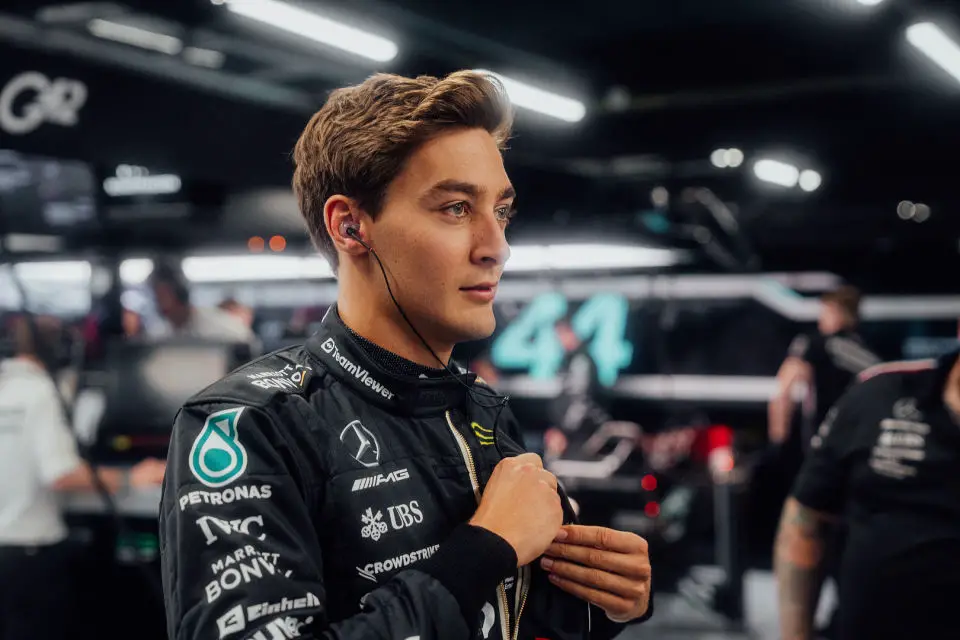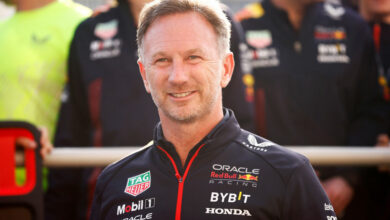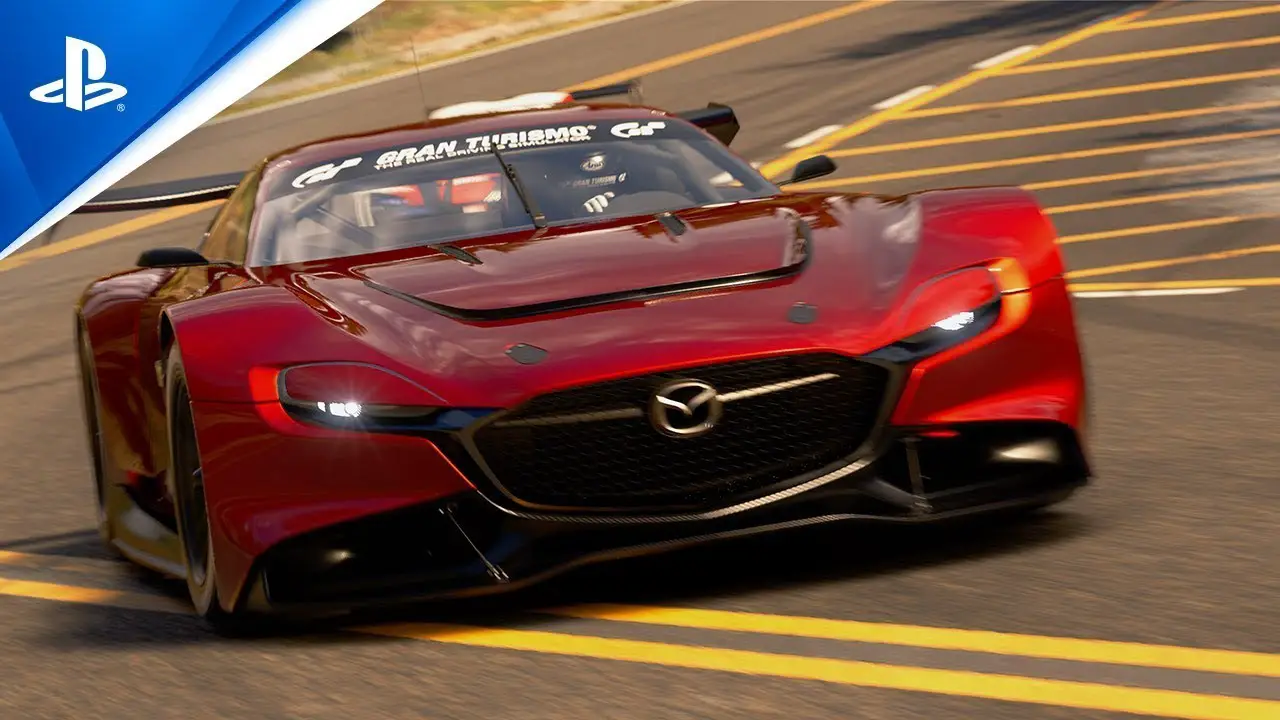Lewis Hamilton Criticizes Mercedes’ Suzuka Strategy: A Dilemma on the Track
In a recent turn of events at the Japanese Grand Prix in Suzuka, Lewis Hamilton questioned Mercedes’ strategy, feeling it hindered his performance. Despite being on fresher tires, team orders restrained his potential to outpace teammate George Russell and fend off Ferrari’s Carlos Sainz.
Key Takeaways:
- Strategy Dispute: Lewis Hamilton expressed dissatisfaction with Mercedes’ decision not to let him overtake George Russell despite having fresher tires, which he believed hampered his ability to extend a lead and protect against Ferrari.
- Team Dynamics: As Ferrari’s Carlos Sainz was closing in, Mercedes asked Russell to let Hamilton pass, only to then instruct Hamilton to maintain proximity to Russell. This approach, aimed at defending against Ferrari, puzzled Hamilton.
- Management’s Perspective: Mercedes’ trackside engineering director Andrew Shovlin explained the rationale behind the strategy as a protective measure for Hamilton’s position, acknowledging the challenge of organizing cars live during the race and the focus on scoring points against Ferrari.

The Japanese Grand Prix in Suzuka brought to light internal disagreements within the Mercedes team regarding race strategy. Lewis Hamilton, a seasoned champion, publicly voiced his confusion and disagreement with the team’s tactics. The main point of contention arose during the final stages of the race, where team orders seemed counterintuitive to Hamilton.
Despite Hamilton being on fresher tires, following a two-stop strategy compared to teammate George Russell’s single stop, there was no initial attempt by the team to allow Hamilton to overtake Russell. This lack of urgency was particularly frustrating for Hamilton, especially with Ferrari’s Carlos Sainz rapidly closing in.
In an unexpected twist, after Hamilton eventually overtook Russell, he was instructed to slow down and keep Russell within DRS range, a strategy meant to thwart Sainz’s advancements. Hamilton shared his confusion with Motorsport.com, stating, “I don’t think that was a good idea at all… It made no sense.”
To provide clarity, Andrew Shovlin, Mercedes’ trackside engineering director, explained the reasoning behind the decisions. Shovlin highlighted the difficulty of organizing cars in real-time and emphasized that the strategy was primarily aimed at protecting Hamilton from losing his position to Sainz. Shovlin also mentioned the team’s focus on scoring points against Ferrari, which was pivotal in their strategic planning.
The initial stages of the race saw a close battle between the two Mercedes drivers. Sensing a potential for wheel contact, the team opted for varied strategies. Russell’s minimal tire degradation allowed for a single pit stop, whereas Hamilton’s approach was more cautious, involving two stops.
When questioned about whether the DRS strategy was a result of the battle between Hamilton and Russell, Shovlin denied any such link, clarifying that the team’s primary objective was to score points against Ferrari, particularly since both Mercedes drivers started behind them.
In summary, the Japanese Grand Prix exposed the complex dynamics and strategic decisions within Formula 1 teams. While team orders are essential for success, they can sometimes lead to disagreements and debate, as seen in Hamilton’s candid feedback on Mercedes’ strategy in Suzuka.



